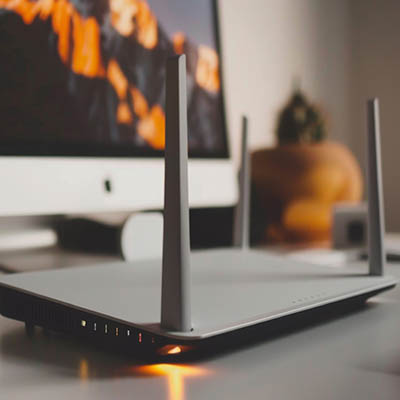Do you know which of your employees is your weakest security link? It doesn’t take much to break into an employee’s email, and from there, the rest of your infrastructure. All a scammer has to do is convince the right employee to click on a link, download an infected attachment, or hand over their password. Can you honestly say that your team has the knowledge to combat such a profound threat?
You’ve likely felt it: that uncanny sense that your phone is eavesdropping or that the Internet is feeding you exactly what you love and everything you hate. We call it the Algorithm; the thing that decides what we see, who we talk to, and what we believe. The algorithm isn’t a single entity; it’s a hyper-focused, data-driven librarian with one specific goal: to keep you engaged longer and longer so the company can make more money. By treating your attention as a currency, platforms have built sophisticated engines that don’t just show you content; they predict your future behavior. Here is how the world’s biggest digital companies are shaping your worldview.
This time of year is rife with traditions, from the foods we eat to the rituals we follow… even the songs we sing. We wanted to share a little reworking of a classic carol that exemplifies our commitment to the businesses we work with in the spirit of the season.
How productive are your employees, really? You want your investments in people and resources to yield results, but if those results aren’t visible, either because they don’t exist or because it’s so slow that it might as well not be there, then you have a real problem on your hands. Today, we’re discussing how you can use productivity to measure efficiency and how you can overcome the struggle of not being where you want to be.
Tell me if this has ever happened to you: you invest in a high-priced technology solution, only to find that the solution isn’t what your business needs. The technology is effectively a “lemon,” where it costs your business a lot of money without any real return on the investment. This sometimes happens when you use technology to fix a short-term problem without a clear long-term strategy; you lose money and productivity due to incompatibility issues, and without a strategic roadmap to move forward, you’re left wondering where you’ve gone wrong.
Word processors are a part of office life, so it helps to know as much as you can about them. Today, we want to think about ways you can adjust text size, especially after you copy and paste content into a document. Not only will we cover how to do so as plain text, but also how to use keyboard shortcuts to increase or decrease text size and add special formatting without navigating clunky menus.
Remember Tay? Microsoft’s 2016 AI chatbot that the internet turned into a wildly offensive, racist mess in just 16 hours? It was a spectacular, public failure that proved one thing: Garbage In, Garbage Out. Today, the garbage isn’t just on Twitter. It’s the highly sensitive, proprietary data your own employees are accidentally leaking into the public domain.
Have you ever thought about why your home Wi-Fi is fantastic in one spot but completely vanishes in another? You might have paid for the fastest internet package and own a brand-new router, yet you still deal with frustrating dead zones and slow connections. It turns out that one of the most crucial elements affecting your speed isn’t your internet company or the router itself; it’s simply where you decide to place the device.
You’ve locked down your network with cybersecurity—but what about the risks right outside your door? Physical security breaches are a serious threat to your employees, data, and critical equipment. For any small business owner, addressing this issue isn’t just good practice—it’s a necessity for true peace of mind.
Is your business still tied up with its rapidly aging server hardware? This can stifle your company’s growth, whether you realize it or not. The good news is that the cloud offers ways for your business to transcend the limitations of traditional IT, and with a cloud-first IT model, you can work toward making the cloud your default and preferred choice for all your new IT initiatives. Today, we’ll look at why the cloud-first model is the preferred choice for modern business owners, as well as how it can lead to more scalability, cost predictability, and remote work potential for your company’s employees.










